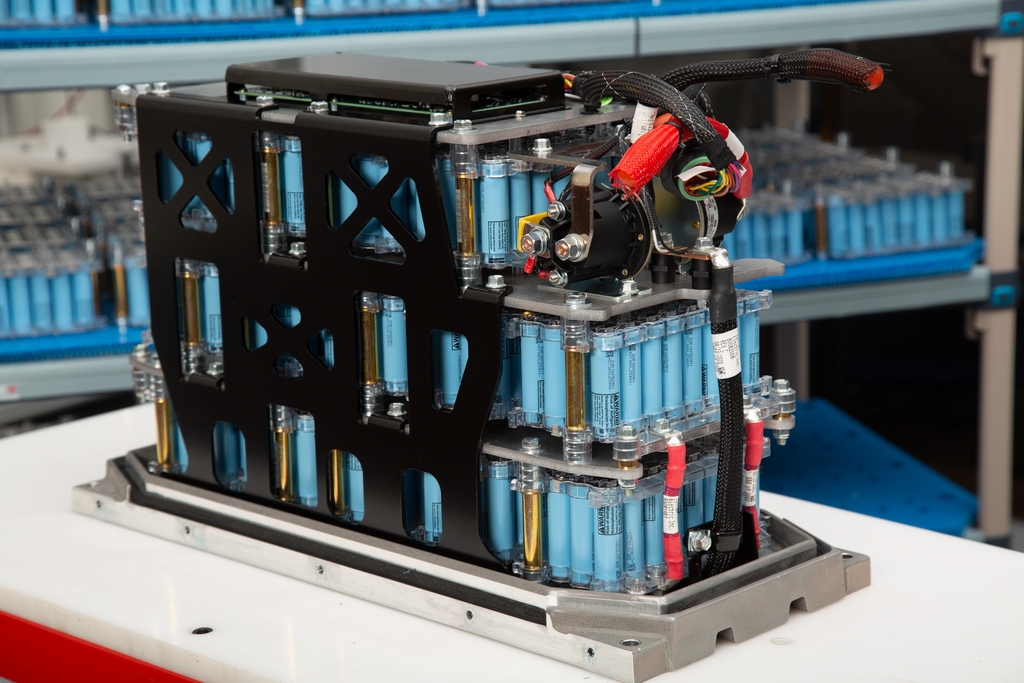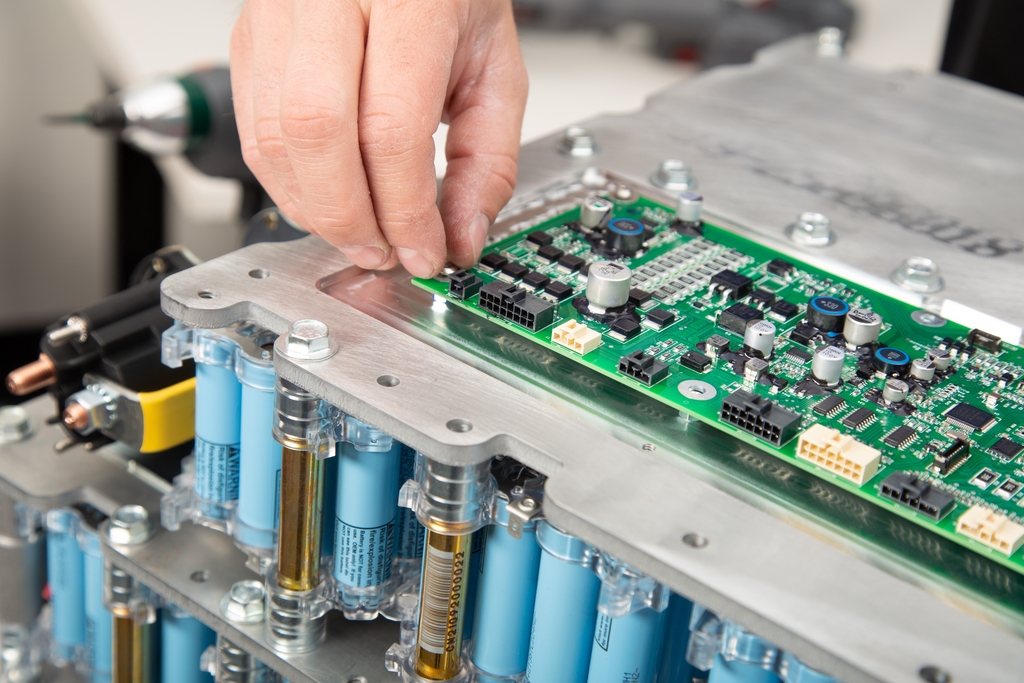Innovation fights battery degradation

Batteries used repeatedly lose a little capacity with every cycle causing them to deteriorate over time. Degradation has become a more significant issue as batteries are used on a larger scale, beyond consumer electronics, in transport and energy storage applications.
When selecting a battery, businesses must consider how often it might need replacing and the impact this has in monetary terms and also in relation to the wider world. For example, the initial cost of the battery should be weighed up against the battery lifecycle: there’s the environmental impact of the production process, the pollutants involved with shipping a replacement battery and finally the disposal process.
Battery degradation is a natural process caused by parasitic reactions, where the electrolyte forms compounds which ‘trap’ free lithium, reducing the number of Li-ions that can shuttle between the electrodes, which permanently reduces the amount of energy a battery can store and deliver.
Understanding your power needs
When it comes to aviation equipment, understanding the required power output needs are a necessity, particularly for drones and electric vertical take-off and landing aircrafts (eVTOLs). Batteries used to power these devices must ensure a high-power output at launch to propel the aircraft into the sky. Once the user wishes to return the eVTOLs to the ground, they will require maximum power output to safely land the aircraft without damaging it. It is during this middle phase where the eVTOL is airborne that the battery must continue to operate to power the aircraft. If the battery is not stored or cared for correctly, then battery degradation can occur across all three stages of the flight.

Understanding the correct cell chemistry to use for the right avionic equipment is key for delivering optimal performance and maintaining the battery lifespan. For example, at Briggs & Stratton we may utilise Lithium Iron Phosphate (LFP) cells in standby power products due to their long cycle life. Standby power for elements such as back-up power or emergency lighting on a large passenger jet are ideal for powering by LFP. Whilst these are larger, heavier packs as the LPF cells are not as energy-dense (less energy per volume), they are adept for use on larger aircrafts where weight is less of a concern.
For smaller aircraft such as drones and eVTOLs, chemistries such as Nickel Manganese Cobalt (NMC) cells are better suited. Due to the smaller size of these aircraft the size and weight of the battery is crucial to their design. A variant of this chemistry can create ‘power’ cells that produce energy dense packs and deliver extremely high power output. This is crucial for allowing the aircraft to get airborne effectively without hampering the overall payload capacity of the aircraft. There’s an old joke in aerospace: Remember, it’s thrust divided by weight, not thrust times weight!
The factors behind battery degradation
The rate of degradation can be influenced by a multitude of factors. The temperature at which the battery is stored, charged, and discharged can have a significant effect – specifically, operating or storing a battery at high temperatures can shorten the useful life by limiting its capacity. Overcharging, deep discharging, or charging more quickly than recommended (high C rate) can also contribute to shorter useful life. As a result, it’s vital that all manufacturers’ recommendations are followed to ensure maximising performance and life.
Battery life can be extended by mitigating these factors, which extends the time between when a battery must be replaced. By extending that cycle, we reduce the environmental impact and costs associated with disposing or recycling of the old battery, along with the cost of mining, processing, and producing the new replacement battery.

Aerospace businesses would do well to factor in these environmental impacts when looking to buy or replace batteries. The inherent intelligence within a lithium-ion battery due to a battery management system (BMS) ensures the battery is used efficiently over its life. Not only does this help to extend the battery’s useful life, but it also enables second life opportunities in applications which are less demanding or require lower run times (e.g. stand-by power). It is this second life opportunity which reduces the environmental impact associated with battery-powered machinery and equipment by re-purposing batteries that would otherwise succumb to disposal or recycling. When the battery is truly ready for retirement, there is a growing industry supporting the recycling of all elements within a Lithium-ion battery. Major companies within both the battery and industrial recycling world are investing heavily in this rapidly expanding area. In the near future it may be commonplace to see up to 95% of Lithium-ion battery materials returned to the value stream.
Replacing a battery is an inevitable task however, which might superficially suggest a battery with the lowest upfront cost is the best choice. While Lithium ion is more expensive initially than lead acid, the benefits of maintenance-free operation combined with longer life cycles and access to data through the BMS often make them more cost effective. This access to data is a significant element that enables the user to optimise power management, system diagnostics, battery health, and troubleshooting.
Another element to consider is the design of the battery itself. Ensuring that the battery is housed in a rugged casing is key for ensuring safety and preventing damage to the cells. Without a sturdy protective casing that is built and tested to withstand extreme temperatures, impact, vibration, moisture and dirt, the battery could suffer internal degradation in flight. As aircraft travel between altitudes the air pressure is constantly changing which can impact on the battery if it is incorrectly housed. Likewise, damage could occur to the internal battery components on landing if the battery is not sufficiently stored in a safe and controlled environment. Avoiding battery degradation through damage in this way is crucial to protecting the long-term health of the battery.
In summary
In conclusion, using the right battery for the application is critical, with the benefits of a high-quality system often outweighing the upfront cost due to lifecycle, power delivered, and data access. Lithium-ion, with proper system management, is safer, longer lasting and more powerful than lead-acid. A battery which can withstand the demanding nature of aerospace usage, such as pressure, vibration, and impact applications, whilst delivering consistent power is essential for powering aircrafts and avionics equipment. Briggs & Stratton’s application engineers are always ready to help engineers evaluate the best solution for their needs.












